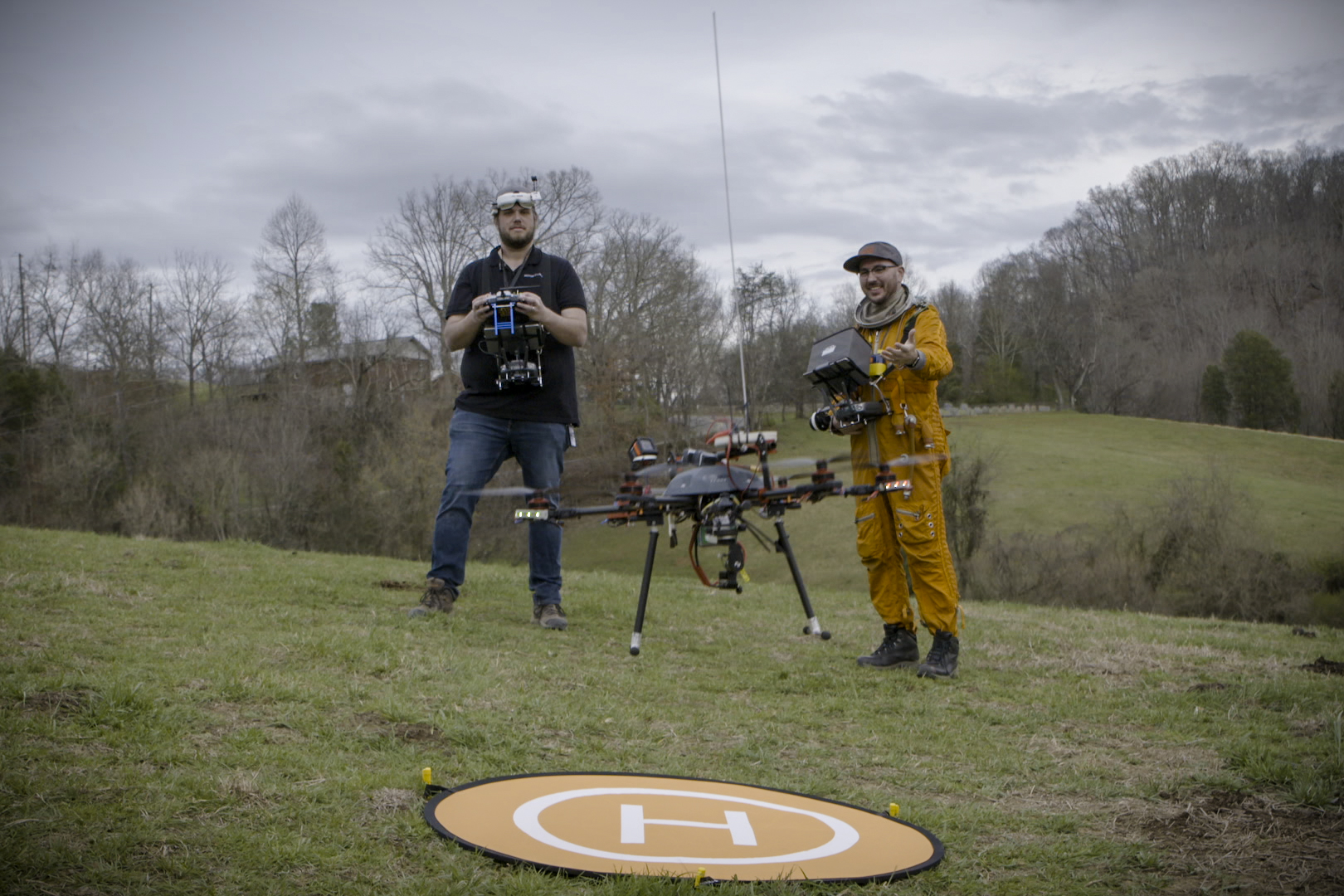'Everyday Astronaut' Tackles the Tyrannical Rocket Equation in Epic Final
Rockets are powerful machines capable of lofting people and cargo into the great beyond. But why do they need to be so big if they're sending payloads to the moon or Mars?
The fifth episode of the Facebook Watch series "Spacing Out with the Everyday Astronaut," which airs today (June 13), covers the "tyranny of the rocket equation," or the math behind why rockets have to keep getting bigger to haul more stuff into space.
You can watch the new episode on Space.com's Facebook page. (Space.com is a partner on the show, which is produced by Jupiter Entertainment and MadWest Content.) [SpaceX's Rocket Evolution in Pictures]
As host Tim Dodd points out, rockets bound for the moon or Mars have to be huge to carry people, equipment and the fuel required to do that exploring. In fact, the fuel is what makes the rocket equation tyrannical: The heavier the payload or more distant the destination, the more fuel the rocket needs. But that extra fuel has weight, which means yet more fuel is needed to get the spacecraft off the ground. And so on. But bigger rockets are more expensive and complicated, which makes Dodd wonder if there is a better direction in which to go.
Dodd briefly goes over the history of rockets, ranging from the 1960s- and 1970s-era Saturn V that hefted Apollo astronauts to the moon to the modern SpaceX Falcon Heavy that recently sent a car and a mannequin named "Starman" into space. "That got me thinking," Dodd says in the episode. "What's next?"
Dodd's solution is to reduce the challenge of launching through a thick atmosphere. Along with a partner, he puts a model rocket on a drone to do a launch test that begins at about 200 feet (61 meters) above the ground. If this all goes well, maybe space explorers can launch such a rocket from even higher up, he tells viewers.
But can he overcome the launch delays and technical problems to get his rocket-drone combo working? You'll have to watch the episode to find out. (Dodd isn't the only one to investigate this basic idea. For example, Northrop Grumman's Pegasus rocket and Virgin Galactic's SpaceShipTwo space plane both launch after being dropped from carrier airplanes at altitude.)
Breaking space news, the latest updates on rocket launches, skywatching events and more!
The 13-minute episode not only shows the fun and frustration of a drone launch, but also includes a visit to the Kennedy Space Center Visitor Complex's "Rocket Garden." An experienced guide there briefly talks about the Space Launch System, NASA's next-generation rocket intended to bring astronauts to the moon or Mars. An uncrewed test flight of that rocket is scheduled for December 2019.
The first episode of "Spacing Out", which premiered on May 4, showed Dodd using balloons to simulate how it would feel to walk on Mars, where the gravitational pull is less than 40 percent of the strength of Earth's. On May 19, Dodd discussed how SpaceX reuses its rocket stages. The following two episodes tackled the amazing power of rockets(May 25) and the challenges of flying a spacecraft (June 6).
This fifth episode is the final one envisioned for the series, but you can visit "Spacing Out with the Everyday Astronaut" on Facebook for more information on past episodes.
Follow us @Spacedotcom, Facebook or Google+. Originally published on Space.com.

Elizabeth Howell (she/her), Ph.D., was a staff writer in the spaceflight channel between 2022 and 2024 specializing in Canadian space news. She was contributing writer for Space.com for 10 years from 2012 to 2024. Elizabeth's reporting includes multiple exclusives with the White House, leading world coverage about a lost-and-found space tomato on the International Space Station, witnessing five human spaceflight launches on two continents, flying parabolic, working inside a spacesuit, and participating in a simulated Mars mission. Her latest book, "Why Am I Taller?" (ECW Press, 2022) is co-written with astronaut Dave Williams.

